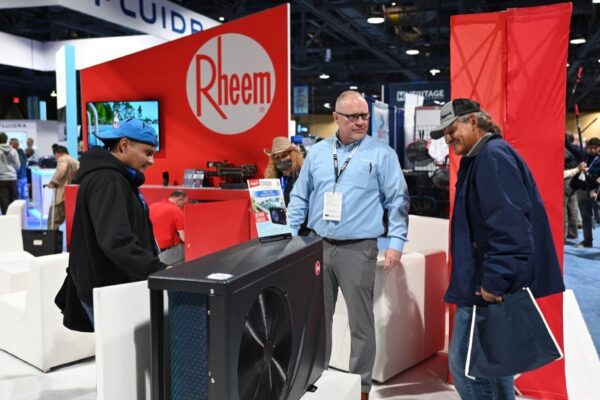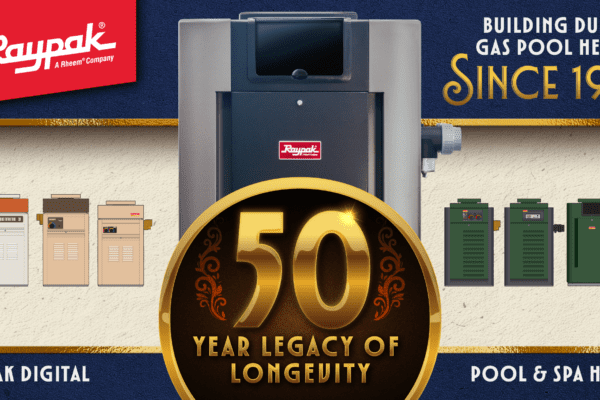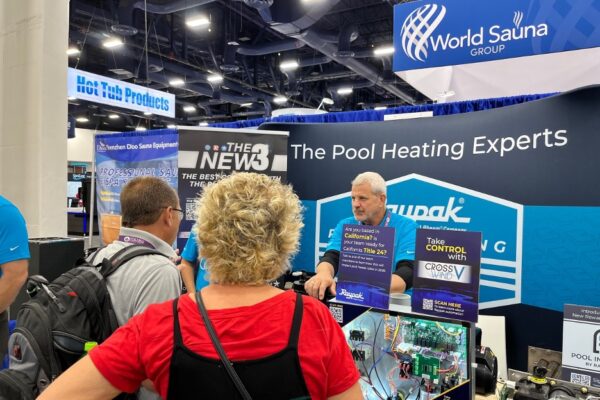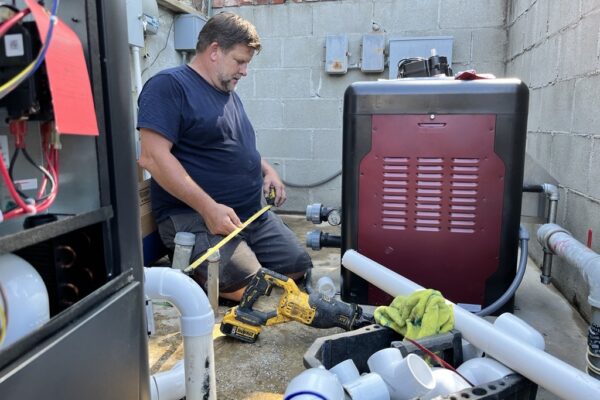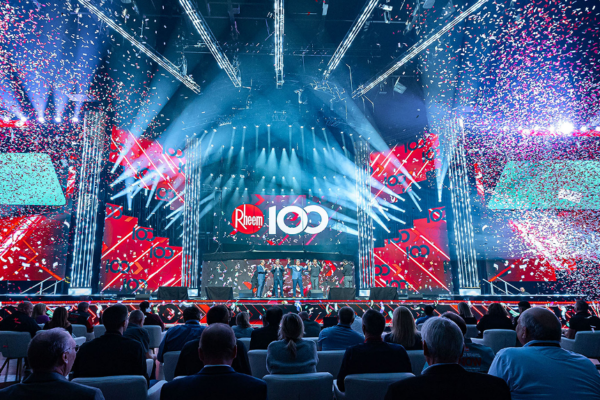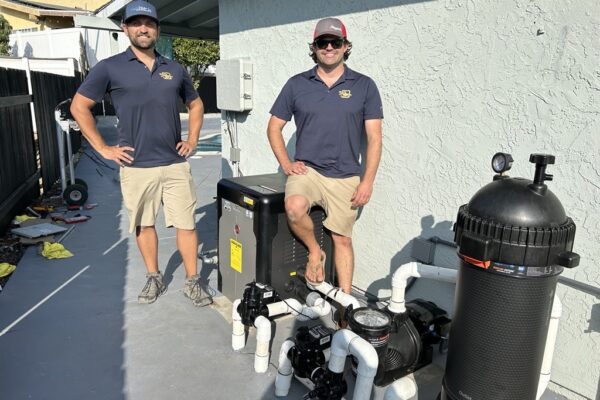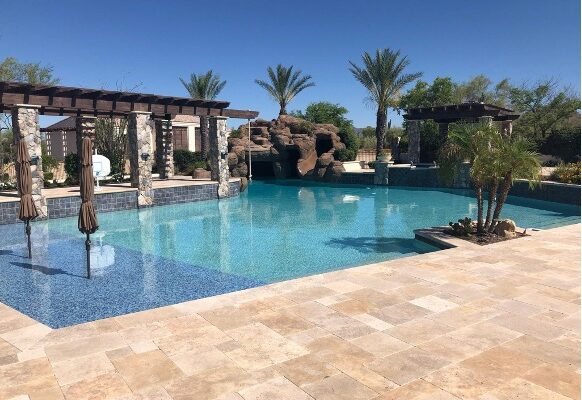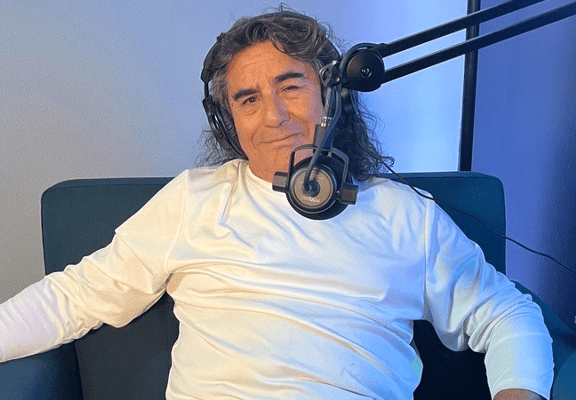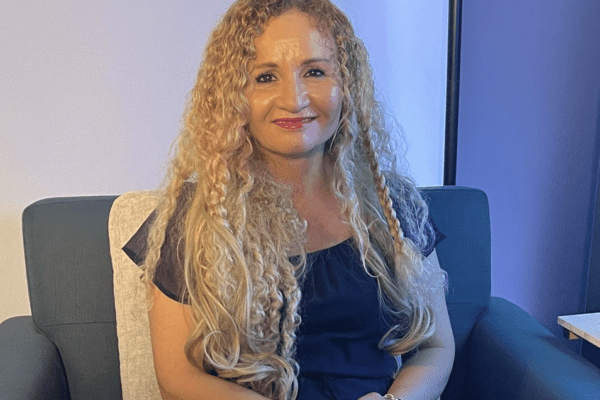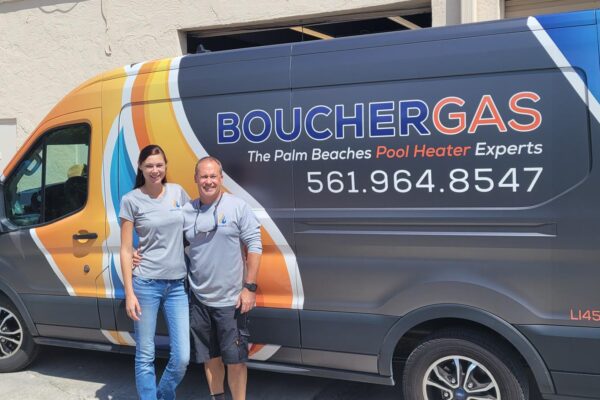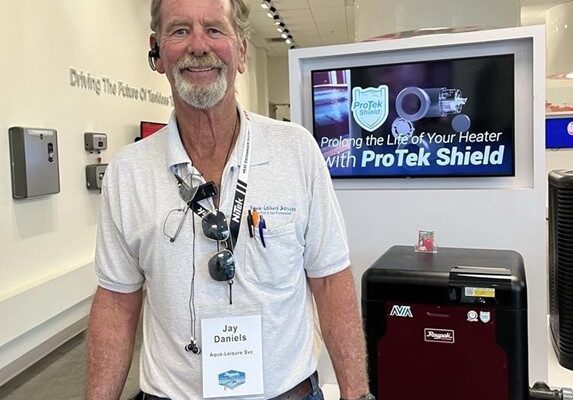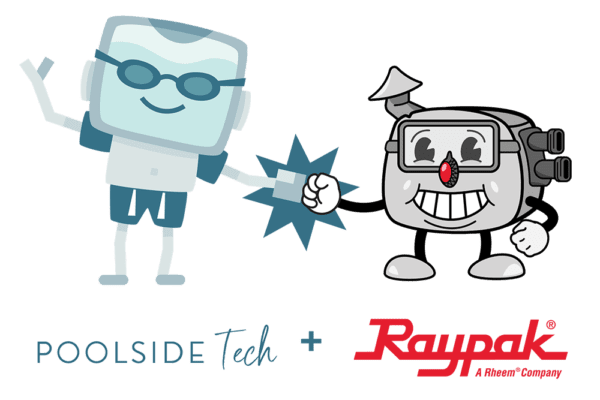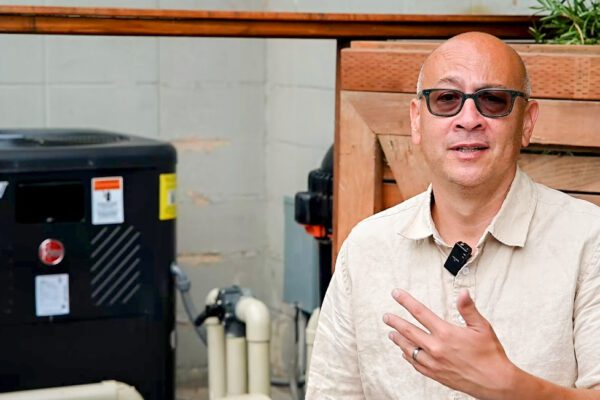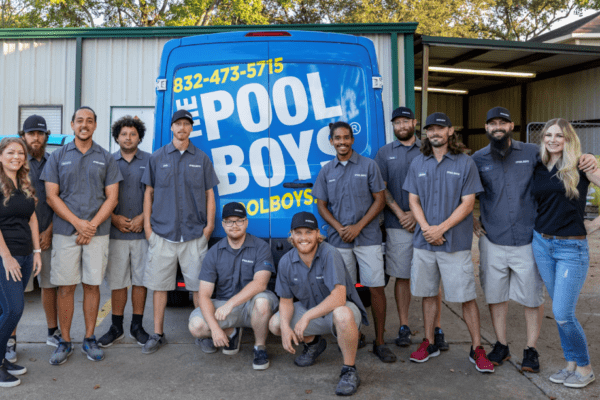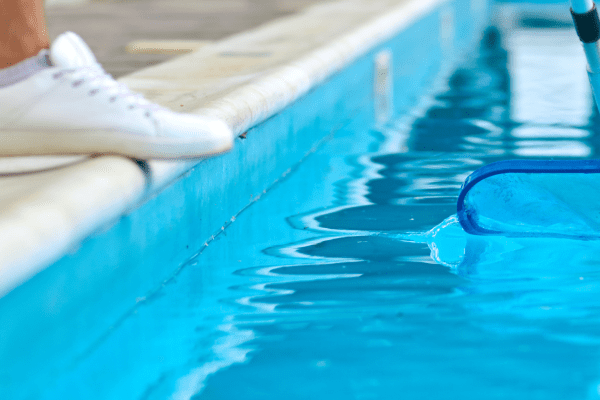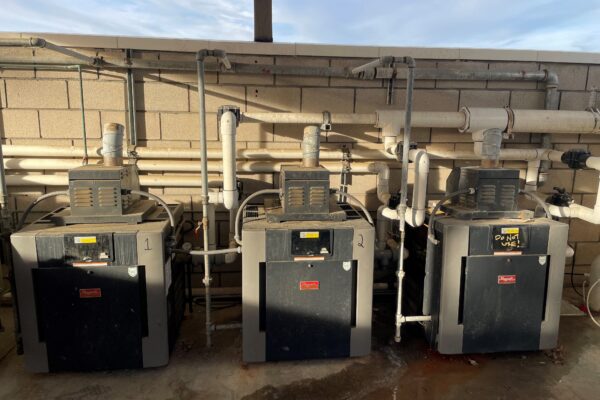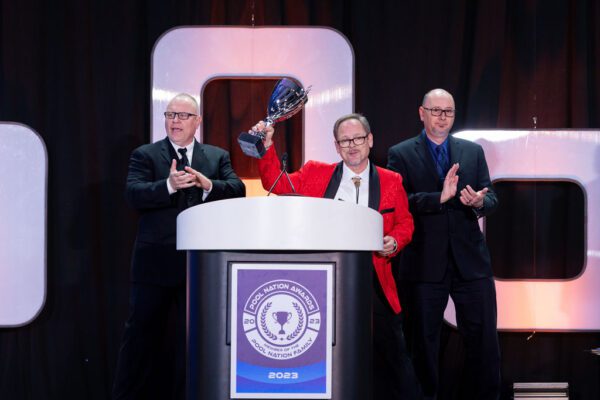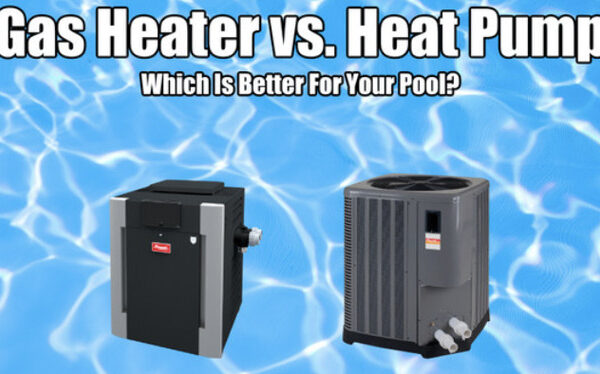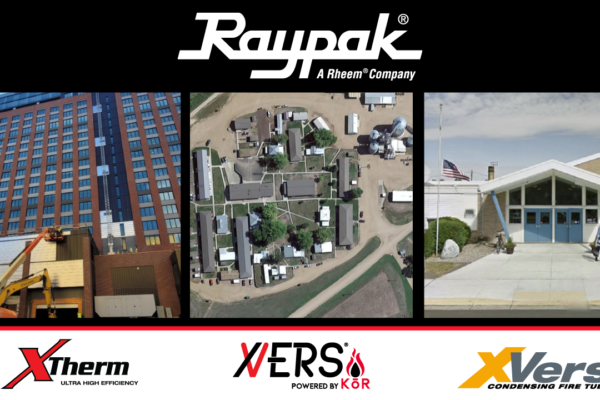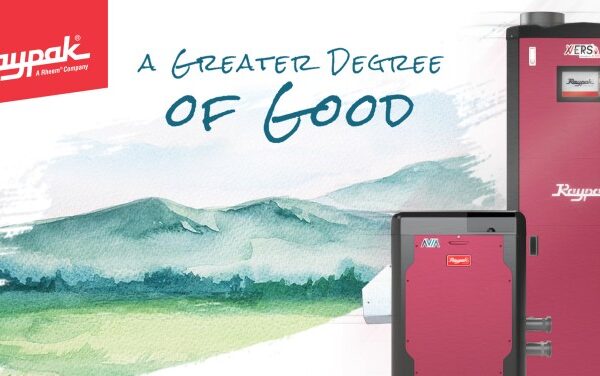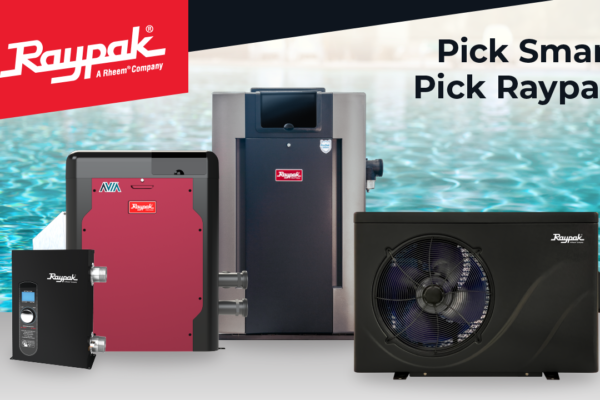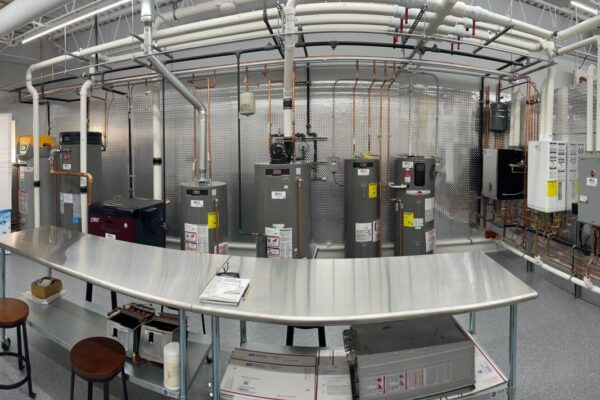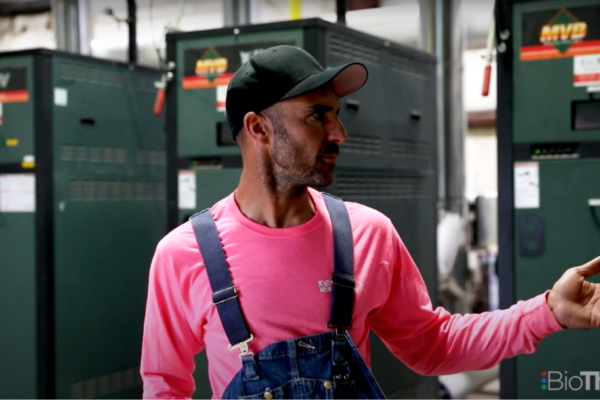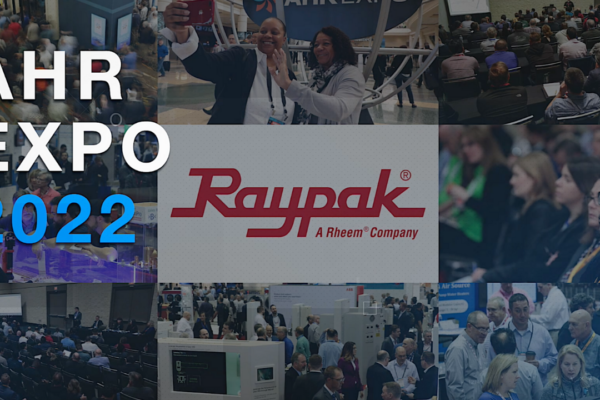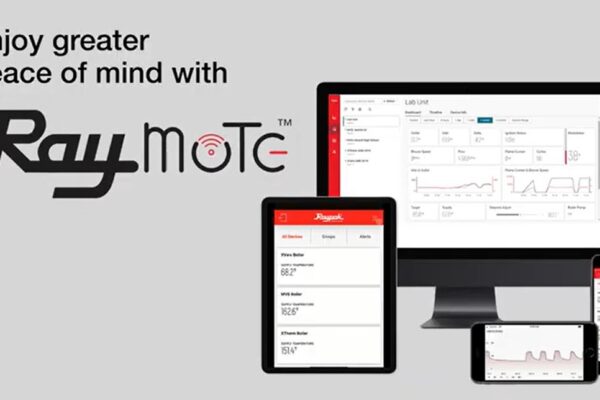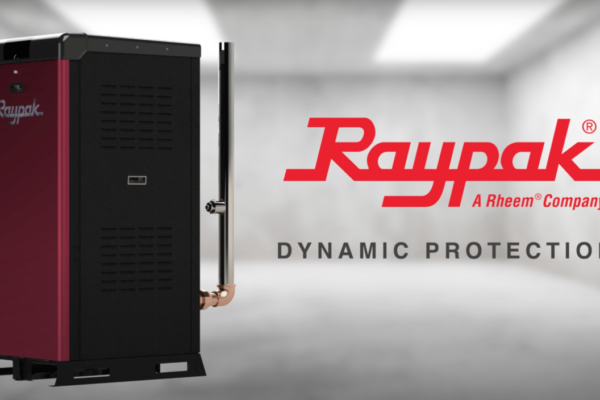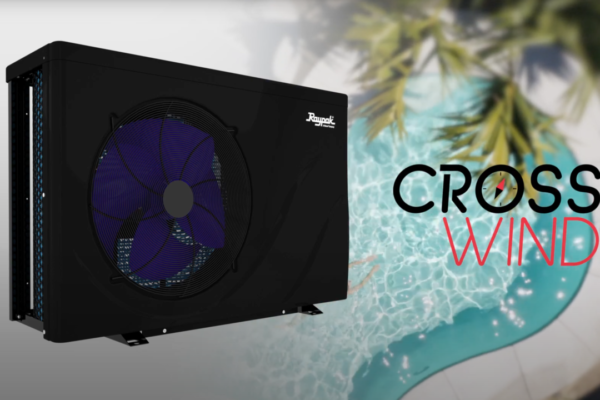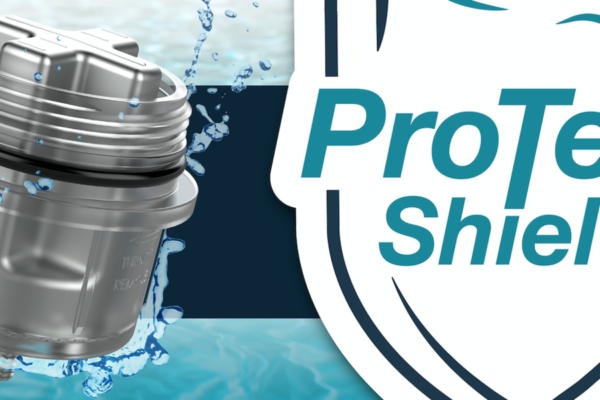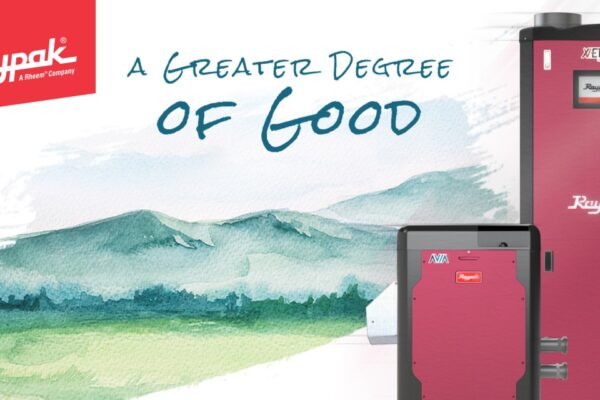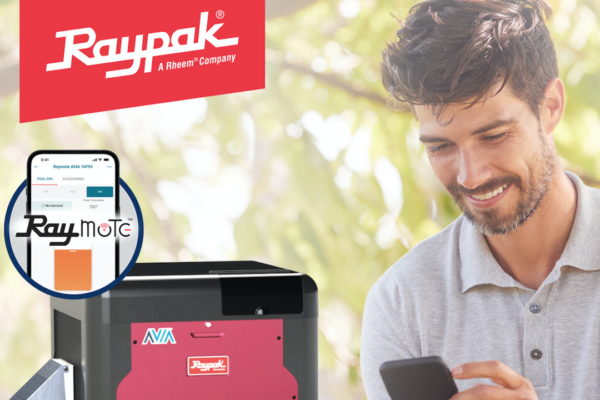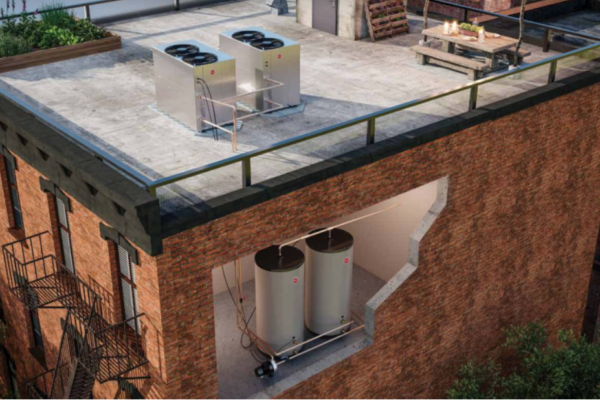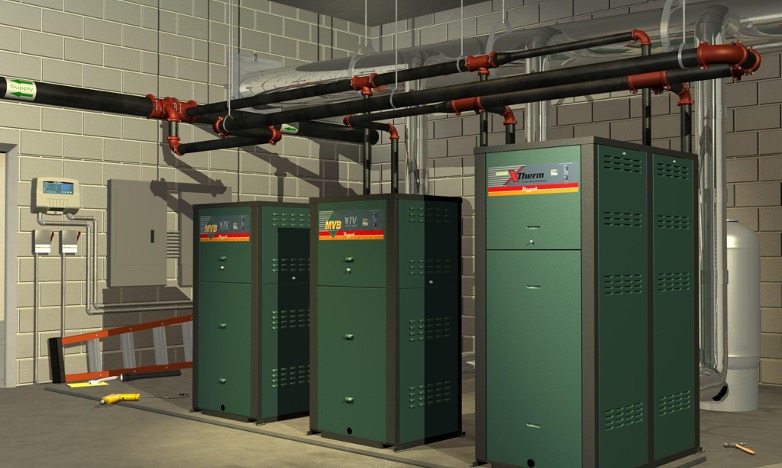
Are you wasting electricity that is costing you or your customers? In this article we are going to explore why turning the pump off can save owners hundreds or even thousands of dollars per year. With this knowledge you can build your relationships and quickly become a favorite vendor or service provider.
Read more below:
A recent report published by the Department of Energy indicates that operating and maintenance practices are the greatest factors affecting overall system efficiency. Intuitively, we all realize that a great deal of energy is wasted when our heating equipment is poorly maintained or improperly operated. Calcium carbonate build-up in tank type heaters, dirty burners, and short cycling are just some of the many culprits that rob systems of overall efficiency. While the energy lost to each individual “efficiency thief” may be small, the cumulative energy waste can be staggering.
According to the Department of Energy, by properly maintaining and intelligently operating heating and cooling equipment, end users may be able to reduce their energy costs up to 80%. Boiler Pumps and Overall EfficiencyIn most hydronic and domestic hot water heating applications, the single quickest way to increase overall system efficiency is to turn off the boiler/heater circulating pump whenever the unit is not firing. Intermittent operation of the pump reduces operating costs by lowering electricity usage and reducing standby losses.
At first glance, it may seem that the adverse effect of continuous pump operation is negligible to overall system efficiency. However, upon closer inspection, the benefits of intermittent pump operation become clear. Simply put, turning the pump off can save owners hundreds or even thousands of dollars per year.
Electricity UsageConsider two copper finned tube heaters, both rated at 199,000 BTUH input, both with 1/8 HP circulating pumps, both connected to 80-gallon storage tanks. The only difference between the two systems is that Boiler A shuts down the pump when in standby mode while Boiler B pumps away continuously. Assuming the boilers operate six hours per day to meet hot water demands, the boilers will be in standby mode for 18 hours (a very reasonable and conservative assumption). It follows that Pump A, running intermittently, will accumulate about 6 hours of run time, while Pump B, running continuously, will have run for 24 hours straight. Obviously Pump B, having run four times longer than Pump A, will have used significantly more energy. Pump B, in point of fact, will use about 3,672 more watts per day than Pump A. At 13.6
*cents per kWH, the electricity to continuously run Pump B will cost 34 cents more per day, or $125 more per year. Please see Table 1.
Table 1. Pump Electricity Usage| Boiler A | Boiler B | |
Boiler Input |
199,000 BTUH |
199,000 BTUH |
Circulating Pump |
1/4 HP |
1/8 HP |
Standby Period |
18 hrs/day |
18 hrs/day |
Pump Control |
Intermittent |
Continuous |
Pump Run Time |
6 Hours |
24 Hours |
Watts Used |
1080 watts |
4320 watts |
Daily Electricity Cost |
$.114 |
$.457 |
Annual Electricity Cost |
$53.81 |
$166.8 |
Standby losses associated with continuous pump operation are equally responsible for lost system efficiency. With the pump turned off, copper finned tube boilers exhibit very little thermal driving head, and therefore experience almost no flow through the heat exchanger. As a result, once the pump is off the heat exchanger develops a “thermal lock” with only a minuscule amount of conductive heat transfer occurring. A typical copper finned tube boiler and tank combination equipped with an automatic pump shut off device will have a standby loss of about 1.3%. Furthermore, since almost all of the standby losses are through the skin of the tank and the piping, extra insulation can practically eliminate standby losses.
Conversely, if the circulating pump runs continuously, the standby loss will be much greater. Since hot water is constantly being pumped through the heater, the entire surface area of the heat exchanger now contributes to the standby losses. Essentially, the heat exchanger has become a radiator. Laboratory testing of a competitor’s sealed combustion 199,000 BTUH heater with a continuously running pump showed an amazing 6.4% standby loss. That’s almost five times the standby loss of a heater with an intermittent pump. The effect on overall system efficiency is equally shocking. As shown below in Table 2, by intermittently operating the pump, the owner will save over $800 per year due to reduced standby losses.
Table 2. Standby Losses| Boiler A | Boiler B | |
Storage Capacity |
82 Gallons |
82 Gallons |
((T (Stored Water – Ambient) 80°F |
80° |
|
Stored Energy (above ambient) |
54,644 BTU |
54,644 BTU |
Standby Loss, per hour |
1.3% |
6.4% |
Standby Energy Loss, per hour |
710 BTU |
3497 BTU |
Standby Energy Loss, per day |
17,040 BTU |
83928 MBTUH |
Extra Boiler Fire Time, per day |
6.0 minutes |
29.8 minutes |
Extra Cost, per day cents
(@ $4.81/Therm) |
$0.56 |
$2.76 |
Reduction in System Efficiency |
1.0% |
5.8% |
Annual Standby Loss Cost |
$203.46 |
$1,006.64 |
As graphically illustrated below in Table 3, intermittent operation of the pump on our hypothetical system will save the owner over $240 per year. And we haven’t even accounted for the cost of replacing the continuously running pump more frequently. On larger systems, the cost to continuously operate the pump and the additional incurred standby losses are even more telling. By intermittently operating the pump on a 2 MMBTUH boiler with a similar operating cycle, the owner may save over $2,000 per year. The conclusion is obvious, with such large savings to be had by intermittently operating the boiler’s circulating pump, it only makes sense to turn off the pump when it’s not needed.
Table 3. Total Annual Cost| Boiler A | Boiler B | |
Annual Pump Electricity Cost |
$53.81 |
$215.23 |
Annual Standby Loss Cost |
$203.46 |
$1,006.64 |
Total Annual Pump Related Cost |
$257.27 |
$1,221.87 |
With a considerable amount of energy at stake, it is easy to see the advantages of intermittent pump operation. That is why Raypak supplies all its standard commercial boilers and hot water heaters with the Economaster II pump control.
Economaster IIThe Economaster II is a solid state pump control that turns off the pump when it is not required for boiler operation. Upon boiler shutdown, a user adjustable pump time delay of between 3 and 10 minutes starts. The pump continues to run, allowing the residual thermal energy in the heater to be transferred into the water where it helps improve system efficiency. Once the residual heat has been extracted from the heater and the time delay has expired, the Economaster II shuts off the pump, stopping all flow and reducing standby losses to the lowest possible level.
Word of CautionWith such obvious advantages, you’d think every boiler manufacturer would enthusiastically encourage the use of intermittent pumping. However, unlike Raypak, most manufacturers don’t. Indeed, some manufacturers strictly forbid the use of intermittent pump operation. At least one competitor requires that their hot water heaters “must be connected to a properly sized, continuously running pump that circulates water between the heater and storage tank.” If you are not installing a Raypak, take time to check your installation and operating manual before adding a pump control. You may save a great deal of money by intermittently running the pump, but you may also void your warranty.
Have a question or comment? Leave it below!

